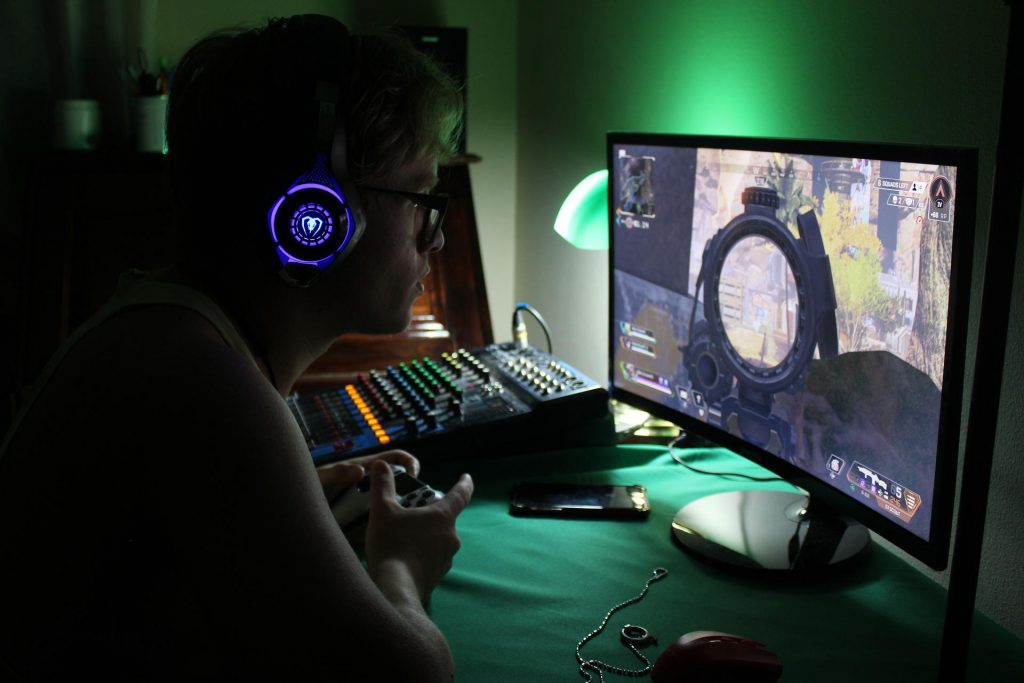The expectation of a fast and dependable internet connection has become commonplace, and when we see random ping spikes, we are frequently dissatisfied. There’s a solid explanation behind this.
In addition to causing latency and issues with your regular browsing, ping spikes can create problems with more essential activities such as business video calls or gaming sessions.
Due to the loss of the packet, your commands become unresponsive, and even if they do function, they are subject to significant delays.
This has the potential to inflict significant harm to your gaming progress, and many hours spent playing your favorite game can be lost in a matter of seconds.
Therefore, we have put together this list of everything you need to know about constant ping spikes, including how to address them in a timely manner.
Why is my ping spiking?
Packets of data go from your devices to the network and back again, and even though the process appears to be quick, it takes time to complete.
When the internet connection is bad for any reason, packets are lost and the entire procedure has to be restarted from the beginning of the process.
This creates latency and slows down the responsiveness of your internet connection, leading you to lose valuable gaming time while in the middle of a session.
When you discover that there is no connection, you may wish to check your ping and see how long it takes for the signal to go from your device to the network. If it is too prolonged, you will experience what is known as a ping spike.
These surges or spikes can occur for a variety of causes, including:
- Congestion of bandwidth
- A router that is not up to date
- Wi-Fi signal strength is low
- Cable failure
- Issues with software, etc.
It’s crucial to note that both Wi-Fi and Ethernet connections might experience sudden ping spikes. So, before we start brainstorming ideas, you might want to troubleshoot the connection first.

How to stop random ping spikes
Now that we’ve established that a bad internet connection causes ping spikes, you should access the network and check out the ideas for resolving the problem.
You may wish to try different approaches depending on the type of connection, but the ultimate effect should be the same – a fast and stable internet connection.
1. Examine all of the cables
Before we move on to a more advanced solution, you should perform a simple check of your router and modem. Check that your connections are tight and that all of your wires are in good functioning order.
This implies that the power, coaxial, and Ethernet cables are not broken or deformed and that the connectors are securely screwed in to prevent signal loss.
While you’re going through all of the wires and connections, it could be a good idea to reset your router. This generally takes only a few minutes, and all you have to do is unhook the power cord.
This reset addresses a lot of network difficulties like failed DNS Lookup and maybe one of the finest and easiest solutions to your problem.
2. Reposition the router
If you’re using Wi-Fi and experiencing random latency spikes, it might be due to the intensity of the signal reaching your device. The simplest answer would be to move closer to the router or, better yet, to relocate it.
This entails positioning your router high up and away from any other devices and thick walls. This will guarantee that your Wi-Fi signal is as strong as possible across your home.
If this is insufficient, you can always utilize Wi-Fi boosters and extenders to enhance the signal and easily reach those parts of the house.
3. Reduce the number of devices on the network
Once you’ve confirmed that all of the connections are functioning properly, the following step may be to inspect all of the devices linked to the same network. This means that you are connecting over Wi-Fi.
If frequent lag spikes are occurring on a wireless network, it might be due to crowding or congestion. This indicates that a large number of devices are using the same frequency and channel, causing the network to operate badly.
This is the moment to examine your network using third-party programs to see if any of the devices can be removed. Furthermore, you may easily select a less crowded channel for a better connection.
Remember that the 5GHz band of Wi-Fi is quicker, so utilize it if you are closer to the router.

4. Turn off network auto-configuration
Some Wi-Fi-connected devices and PCs have a tendency to seek out optimum connections even when they have a solid connection established. This function is known as network auto-configuration.
Even if it can offer you a stronger signal, it might create significant connection issues and delays.
You may stop network auto-configuration by opening a run prompt, and then entering the command prompt (by typing cmd and enter), and pasting the following text:
netsh wlan set autoconfig enabled=no interface=[Wireless Network Interface]
Replace the text in the brackets with the name of your network and save the settings. This will allow you to stay on the same network without having to hunt for better choices, which will slow you down.
5. Stop automatic updates
If certain applications or programs are consuming your data while you are attempting to play your favorite game, you may need to disable them. This is especially true for programs that are attempting to update while also consuming a significant amount of your bandwidth.
When you are using the network for intensive activities, you may always detect and halt random updates and schedule them for later.
6. Use an Ethernet Cable
If you are in the middle of a gaming session and are experiencing lag spikes in games, the following remedies are for you.
The first step is to utilize an Ethernet cable instead of Wi-Fi. This will result in a more reliable and quicker connection. The Ethernet cable is your direct physical connection to the router, and it snaps in place to provide a secure connection.
However, even this one can have latency, so keep reading to learn how to deal with it.
7. Add your games to the whitelist
Even if you are connected through an Ethernet cable, you may have issues from time to time. These might be the consequence of antivirus applications attempting to protect your system by blocking specific games.
This is why you may add the game you’re playing to the whitelist, reducing the time it takes the antivirus to verify every packet arriving from that server.
8. Alter the server
While we’re on the subject of servers, it’s usually a good idea to be connected to the nearest one. Every experienced gamer understands that great connections are dependent on the server’s proximity, so make sure you know and utilize the nearest one feasible.
There are gaming servers all around the world; you simply need to figure out which one best meets your demands geographically and switch to it.
9. Contact your internet service provider
Although we strongly doubt it, in the case that nothing on our list solves the problem, your last resort would be to contact your ISP. This is crucial to note since the fault may not always be with your equipment, but with the signal from your provider.
The representative on the phone should be able to assist you with some simple requests, and you should insist on a technician visiting your house for any more assistance.
This expert can troubleshoot the issue and make modifications to give you a more secure and quicker internet connection.

Frequently Asked Questions
If your ping keeps spiking here are a few common questions that might help even more.
Is it possible that my router is generating the ping spikes?
Yes, it’s possible that the router is causing the ping randomly spikes to increase in frequency. Because this problem can arise if the router is out of date or functioning badly, we can conclude that it can result in spikes in the network traffic.
In the meanwhile, you can try restarting the router, upgrading the software, or contacting your internet service provider for more assistance.
What is causing my ping to bounce up and down?
If at all feasible, the ping should remain consistent.
The term “jitter” refers to when you are experiencing connection issues and the ping test indicates that the ping is bouncing up and down.
While the majority of people believe that only ping spikes are a problem, even jitters can create severe delays and connection difficulties in some situations.
Is a ping of 5ms acceptable?
This is regarded to be a low ping, depending on your network and what you want to use it for.
The absence of network interference implies that you will be able to connect to the internet and play games without experiencing any difficulties.
It is regarded as normal to have a ping of 100ms or less, but it is necessary to have one that is less than 20ms if you want a pleasant gaming experience.

